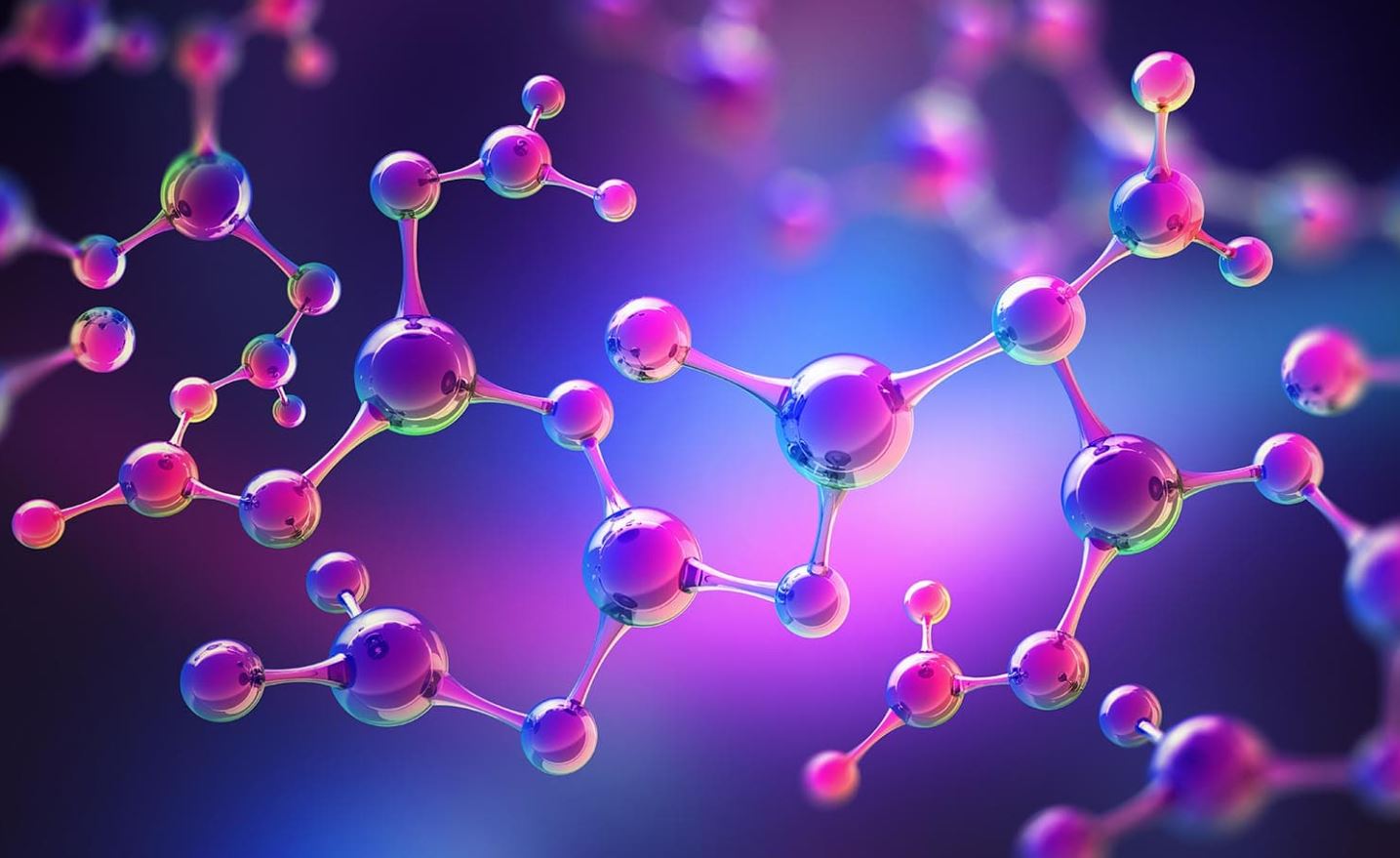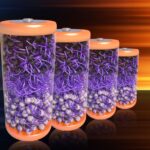 Have you ever wondered how memories stick around long after the molecules that help form them have been replaced? Francis Crick raised this puzzling question back in 1984, and it still sparks lively debate among scientists today.
Have you ever wondered how memories stick around long after the molecules that help form them have been replaced? Francis Crick raised this puzzling question back in 1984, and it still sparks lively debate among scientists today.
Neuroscientist Todd Sacktor, driven partly by his own fleeting childhood recollections, has spent years digging into this mystery. Working at the State University of New York Downstate, he and his team have uncovered a key interplay between two proteins that may explain how memories endure even as our brain’s building blocks continually change.
In a study published in Science Advances in 2024, Sacktor and his collaborator André Fenton demonstrated that a lasting bond between the proteins PKMζ (Protein Kinase M zeta) and KIBRA fortifies synapses—the critical connections between neurons. Despite the natural turnover of molecules, this bond is consistently restored, effectively preserving the memory.
This research suggests that lasting memories aren’t about individual molecules but about the persistent interaction between them. Think of it as a well-orchestrated dance: when one protein steps out, the other holds steady, ensuring that the rhythm of memory remains uninterrupted.
The journey toward this discovery began with Sacktor’s early experiments, where he noted that levels of PKMζ rose in rat hippocampal synapses during memory formation. However, a twist emerged when genetically engineered mice without PKMζ still managed to form memories—hinting at a backup plan within the brain.
It turns out that KIBRA, acting as a molecular scaffold, anchors PKMζ in place. Their enduring partnership means that even as individual proteins degrade, their functional bond continues. This interaction effectively tags the right synaptic spots, ensuring that memories are passed along over time.
While this model of synaptic strengthening offers a compelling answer, not everyone is convinced it tells the whole story. For example, David Glanzman from UCLA points out that multiple mechanisms likely contribute to how memories are stored. Still, the findings from Sacktor and Fenton open intriguing new paths for exploring the brain’s memory machinery.
If you’ve ever grappled with the question of why some memories never fade, this research might just change the way you think about memory storage—not only in our brains but perhaps in future technologies as well.








